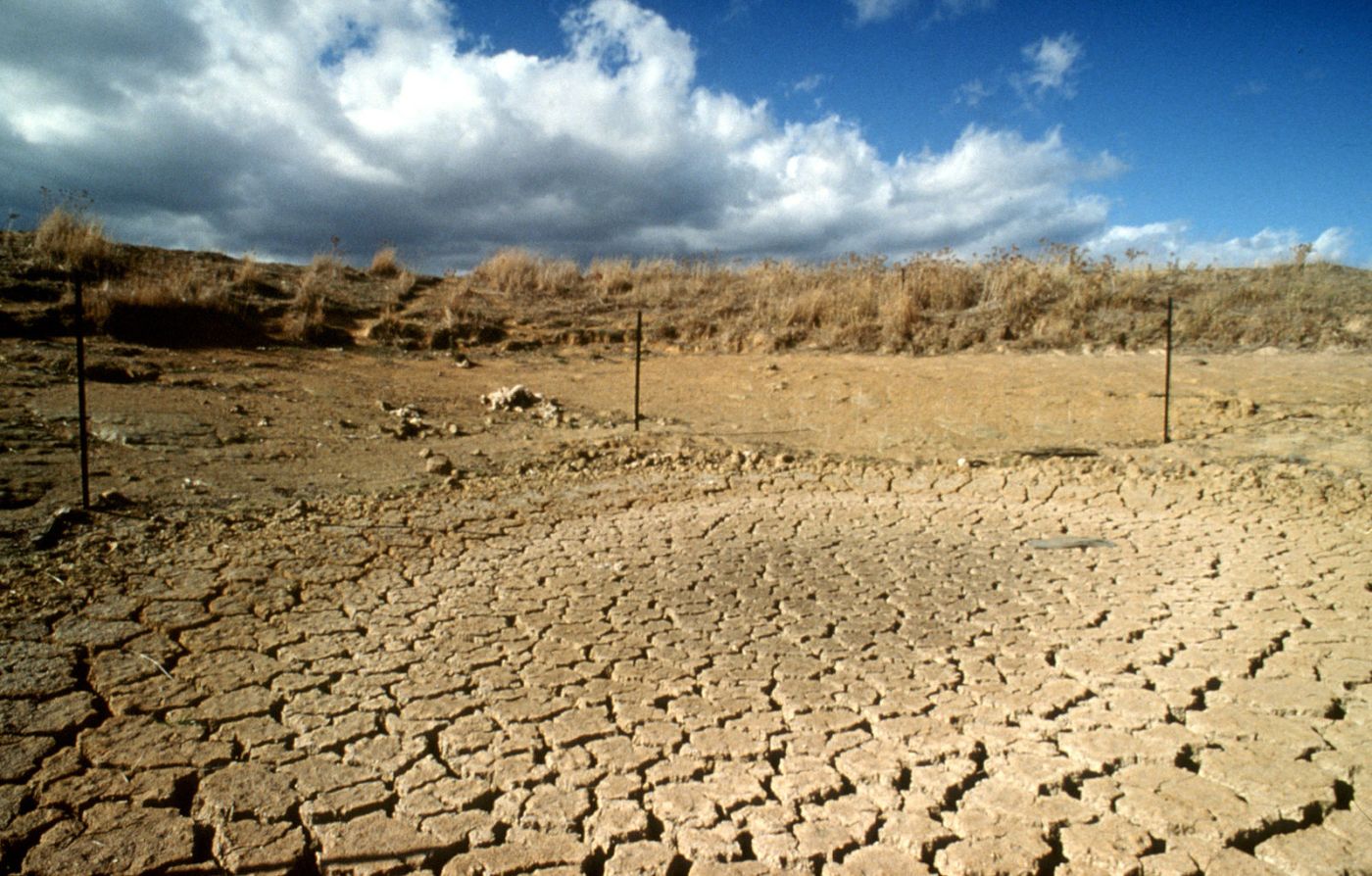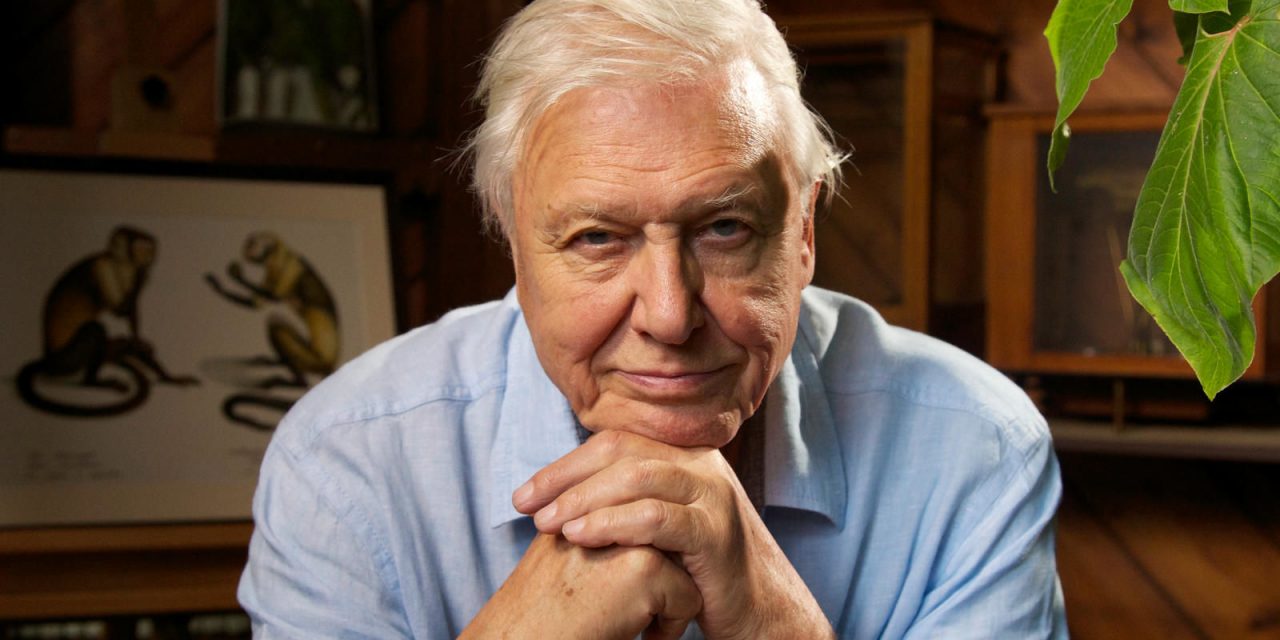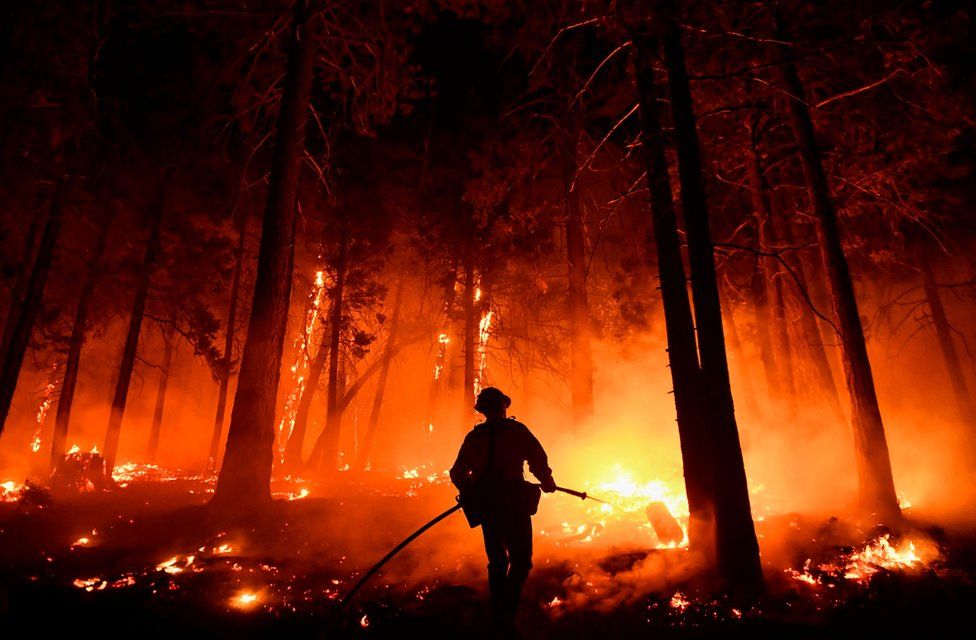Deforestation in Brazil’s Amazon fell in July to its lowest level for the month since 2017, preliminary government figures showed on Thursday, boosting President Luiz Inacio Lula da Silva’s stature on environmental policy ahead of a summit of rainforest nations.
Satellite data from Brazilian space research agency INPE indicated that 500 square km (193 square miles) of rainforest were cleared in the month, a 66% drop from the same period a year ago.
In the first seven months of the year, deforestation has fallen a cumulative 42.5% from the same period of 2022, INPE’s preliminary data showed.
Sequential drops in June and July are especially promising, as monthly data on Amazon deforestation often spikes this time of year, when the weather turns drier.
“We are seeing the deforestation growth curve invert,” Environment Ministry secretary Joao Paulo Capobianco told reporters in Brasilia.

The fresh figures come as Lula gathers next week with leaders of Amazonian countries for a summit in northern Brazil to discuss ways to protect the world’s largest rainforest.
Lula said on Wednesday the summit would seek to draw up a common policy for the first time to protect the region, which will include dealing with security along the borders and asking private businesses to help with the reforestation of 30 million hectares (74 million acres) of degraded land.
The leftist leader took office in January promising to end deforestation by 2030 after destruction surged under his predecessor Jair Bolsonaro, who slashed environmental protection efforts.
Experts praised the reduction in deforestation in the early months of the Lula administration, while calling for continued vigilance in the coming months, when fires and clear-cutting often peak in the region.
“It’s a very significant drop for a drier month,” said WWF-Brasil manager Mariana Napolitano.
“That shows us that the emergency measures that were taken, especially command and control ones, have been working. But deforestation remains at high levels, and to zero it by 2030 more structural measures will be needed.”
Reporting by Gabriel Araujo and Lisandra Paraguassu; Editing by Steven Grattan and Jonathan Oatis



